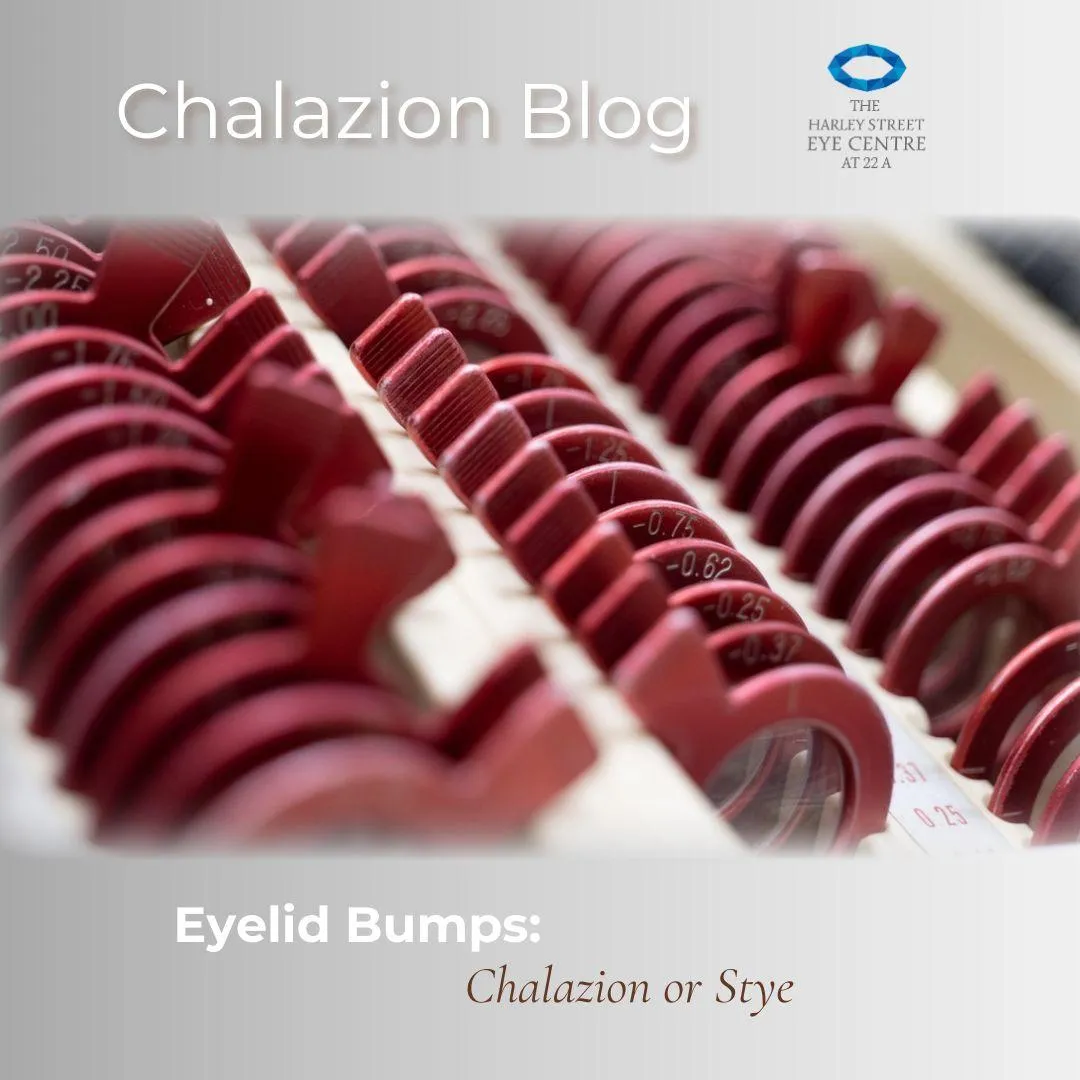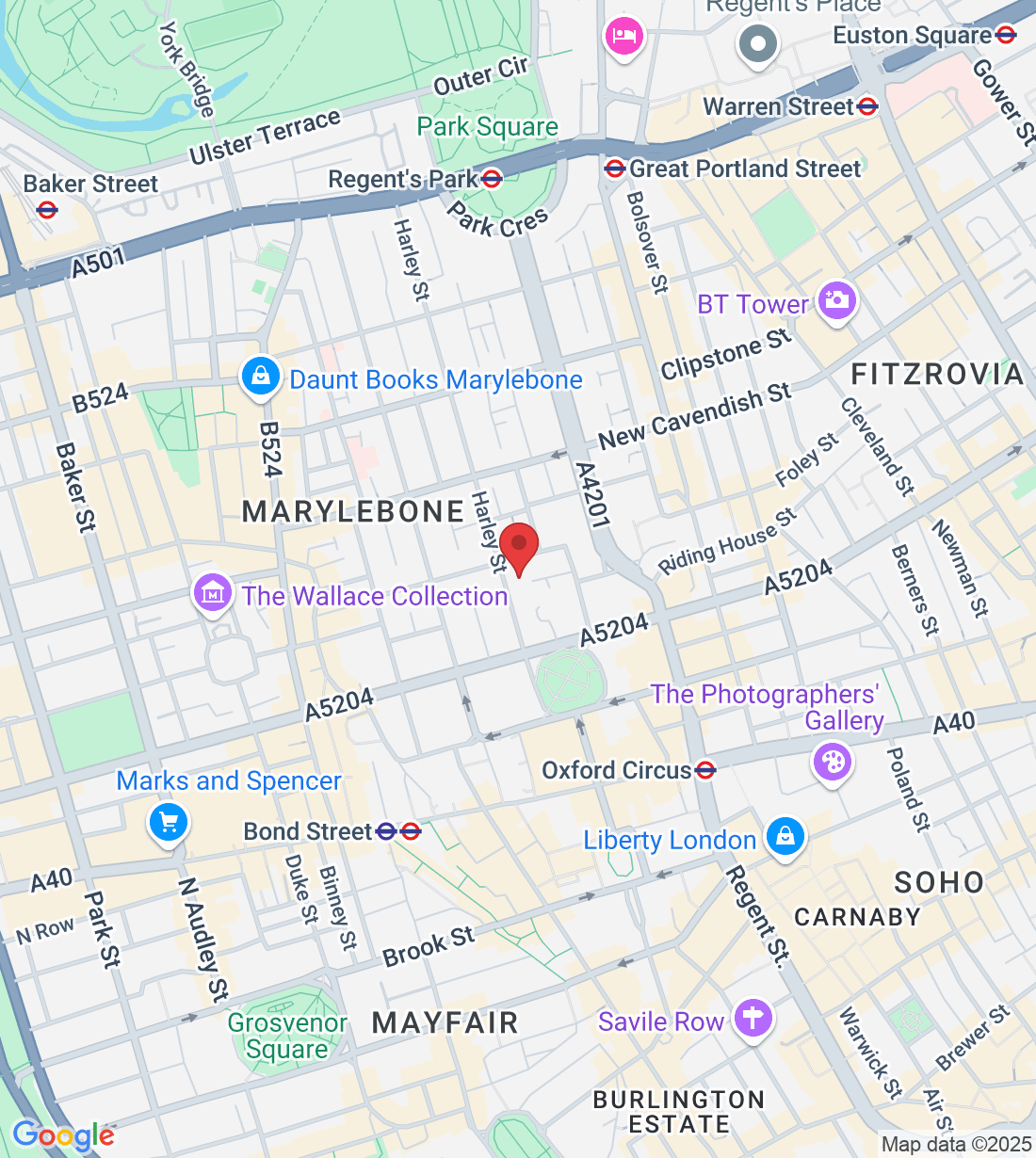
Chalazion: Understanding the Bump on Your Eyelid
Chalazion: Understanding the Bump on Your Eyelid
Have you ever woken up to discover a small, painless bump on your eyelid that seems to have appeared overnight? If so, you might be dealing with a chalazion. While the term may sound a bit intimidating, a chalazion is a common eye condition that, though usually harmless, can cause discomfort and concern. In this blog, we'll explore what a chalazion is, its symptoms, causes, and the most effective ways to manage and treat it.
Chalazion Explained
A chalazion is essentially a lump that develops on the eyelid. Unlike styes, chalazia are not infectious and are typically painless. They occur when a tiny oil gland near the base of your eyelashes, called a meibomian gland, gets blocked. These glands play a crucial role in producing an oily substance that keeps your eyes lubricated and prevents tears from evaporating too quickly.
Signs and Symptoms
How do you know if that bump on your eyelid is indeed a chalazion? Look out for these telltale signs:
Eyelid Swelling: A noticeable swelling on the eyelid is a common indicator of a chalazion.
Tenderness: While chalazia are generally painless, you might experience slight tenderness in the affected area.
Redness: The skin around the chalazion can become red or inflamed.
Blurred Vision: In rare cases, a large chalazion might press on the cornea, causing blurred vision.
Explore 'Complementary Care' and find out how private chalazion treatment can complement your NHS options. If you're intrigued by the possibilities, don't miss our related blog posts!
Causes of Chalazion
Understanding what leads to the formation of chalazia can help in both prevention and effective management:
Meibomian Gland Blockage: The primary cause of a chalazion is the blockage of meibomian glands, preventing the normal flow of oil onto the surface of the eye.
Bacterial Infections: In some cases, a chalazion may be triggered by a bacterial infection, leading to inflammation and blockage of the oil gland.
Seborrhea: Individuals with seborrhea, a skin condition characterized by excessive oil production, may be more prone to chalazia.
Poor Eyelid Hygiene: Inadequate eyelid hygiene can contribute to the accumulation of debris and bacteria, increasing the risk of meibomian gland blockage.
Chalazion vs. Stye: Spotting the Differences
People often mistake chalazia for styes due to their similar appearance, but there are key distinctions:
Pain Level: Styes are usually painful, while chalazia are typically painless.
Location: Styes develop at the base of eyelashes, while chalazia form in the eyelid's oil glands.
Cause: Styes are often caused by a bacterial infection in a hair follicle, while chalazia result from meibomian gland blockage.
Seeking Diagnosis and Treatment
If you suspect you have a chalazion, it's crucial to consult an eye care professional for a proper diagnosis. During the examination, your eye doctor will inspect the eyelid, looking for signs of inflammation, redness, and the characteristic bump. In cases where the chalazion is causing blurred vision, a vision test may be conducted.
Uncover the mysteries of 'Understanding Chalazion' and gain insights into this common eyelid bump. If you're curious about eye health, this blog is a must-read!
https://www.eyesat22a.com/blog/b/nderstanding-chalazion-a-common-eyelid-bump
Thankfully, most chalazia resolve on their own with simple home care:
Warm Compresses: Applying warm compresses to the affected eyelid helps soften the oils, facilitating the drainage of the blocked gland.
Eyelid Massage: Gently massaging the eyelid can help promote the flow of oils and reduce inflammation.
Topical Antibiotics: If a bacterial infection is present, your doctor may prescribe topical antibiotics.
For persistent or larger chalazia, a steroid injection may be recommended to reduce inflammation. It's essential to follow your eye care professional's advice for a swift and effective recovery.
Preventing Chalazion
While chalazia are not entirely preventable, adopting certain practices can minimize the risk:
Good Eyelid Hygiene: Clean your eyelids regularly to remove debris and reduce the risk of gland blockage.
Warm Compresses: Incorporate warm compresses into your routine to keep the meibomian glands functioning optimally.
Avoid Touching Your Eyes: Touching your eyes with dirty hands can introduce bacteria, increasing the risk of infections.
Nutritious Diet: Ensure your diet includes foods rich in omega-3 fatty acids, as they contribute to eye health.
When to Consult a Professional
While most chalazia resolve with home care, seek medical attention if:
The bump persists for more than a few weeks.
The chalazion is causing significant discomfort or affecting your vision.
Multiple chalazia appear simultaneously.
In conclusion, a chalazion may seem like a minor inconvenience, but understanding its causes, symptoms, and treatment options empowers you to take control of your eye health. Remember, your eyes are precious, and any changes or persistent symptoms deserve attention. If in doubt, consult with an eye care professional for personalized guidance. With proper care, you can ensure your eyes stay clear, comfortable, and healthy.
Ask And His Team
Fill in the form to request a Call From Our Team
One of our team will call you for FREE and answer any questions or concerns you may have about your eye health
© Copyright 2023. The Harley Street Eye Centre. All rights reserved.






